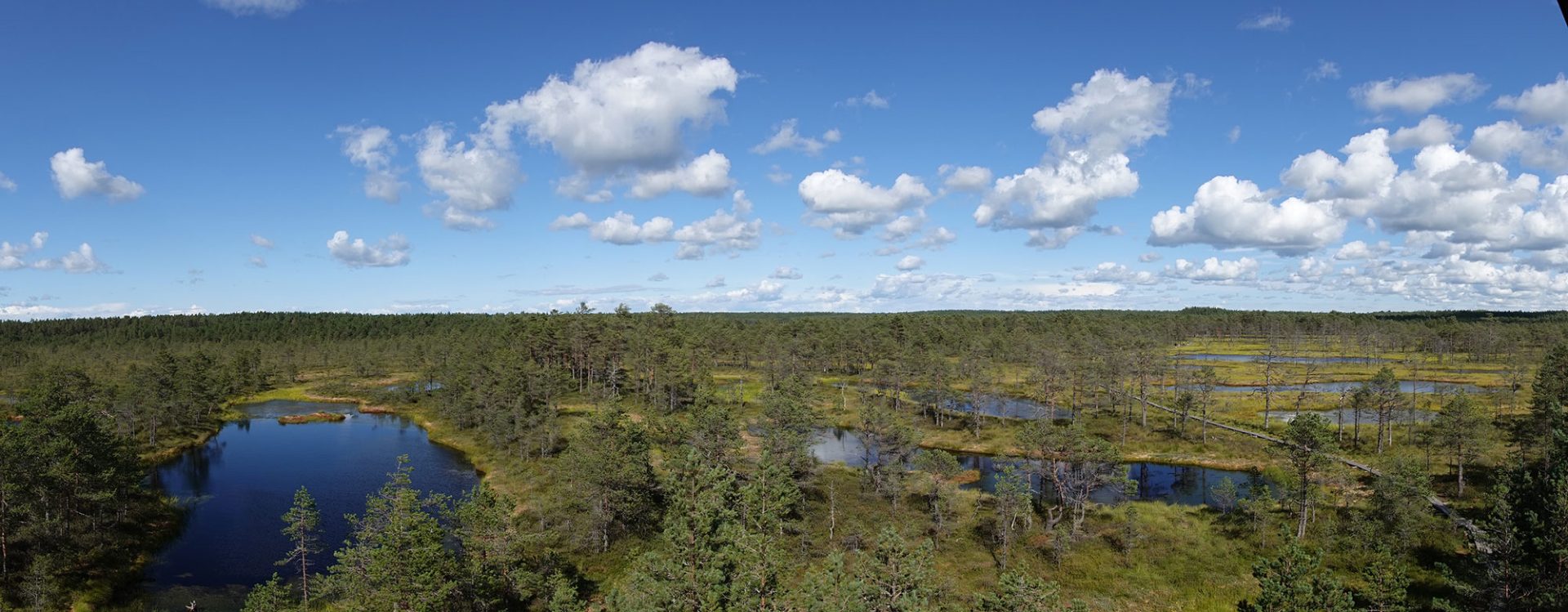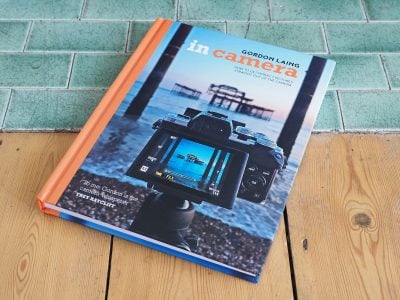Sony RX100 VI – one of the best travel cameras
-
-
Written by Gordon Laing
Choosing the best travel camera means thinking very carefully about what you want to photograph, not to mention where you’re going and how much you’re willing to carry. Some trips have very specific requirements, like a long lens range for a safari or a rugged body for shooting around sand, snow or water. Some trips can – or need to – accommodate a full system with a bunch of lenses, while others demand something smaller and more discreet, in some cases even able to fit in a pocket. In the case of the latter, there’s also the question of whether your phone could in fact suffice.
Indeed the latest smartphones have killed much of the compact point-and-shoot camera market with the only models surviving having to offer something most phones can’t yet do: generally either packing a long optical zoom range to reach distant subjects or boasting a larger sensor with decent stabilisation to deliver better image quality, especially in low light. For five generations, Sony’s RX100 series have offered a combination of a 1in sensor that’s roughly four times larger than most phone sensors, a general-purpose lens zoom, tilting screen, decent manual controls and in the case of more recent models, a popup viewfinder, 4k video, powerful autofocus and slow motion movies. With the sixth generation Sony RX100 VI though, Sony greatly extended the range from 24-70mm equivalent to 24-200mm equivalent. While this in turn meant using a dimmer lens aperture and losing the built-in neutral density filter beloved by vloggers and videographers, it did make the camera more flexible and desirable overall – especially to travel photographers.
To find out how practical the camera would be in practice, I took it away on a five week, 5000 mile European trip where I drove from Brighton in the UK to Tallinn in Estonia, before boarding a ferry to Helsinki in Finland, then on another to St Petersburg in Russia – ten countries in all, then doing the entire route in reverse to get home again. During this trip it wasn’t my only camera – I also carried a Panasonic Lumix G9 with three Leica zooms – but I was keen to discover how much I could achieve with the RX100 VI alone. Could this pocket camera really cover most – or even all – eventualities of a typical trip? Read on to find out! PS – if you’re looking for a detailed report on the camera itself with quality tests, check out my Sony RX100 VI review.
Check prices at Amazon, B&H, Adorama, eBay or Wex. Alternatively get yourself a copy of my In Camera book, an official Cameralabs T-shirt or mug, or treat me to a coffee! Thanks!
Sony RX100 VI overview
Before kicking-off with my travel photos, I’ll start with my quick overview video which describes and demonstrates the key features of the Sony RX100 VI.
Travelling with the Sony RX100 VI
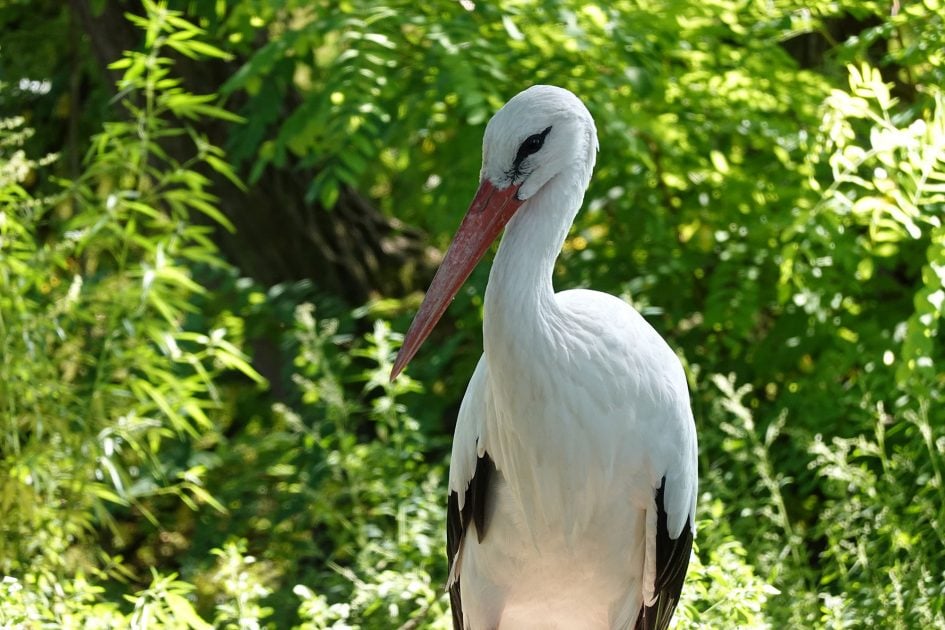
Above: The key selling point of the RX100 VI is having a longer zoom range than its predecessors without the usual compromises of packing a big lens into a small body. Many rivals sport similar or even longer zooms, but their apertures are dimmer, forcing them to increase their ISO sensitivity and lose quality. In contrast, the Sony lens, remains brighter than its long-zoom rivals and crucially delivers sharper and higher contrast results at the telephoto end. It came into its own when visiting the zoo in Poznan, Poland, allowing me to fill the frame with various residents.
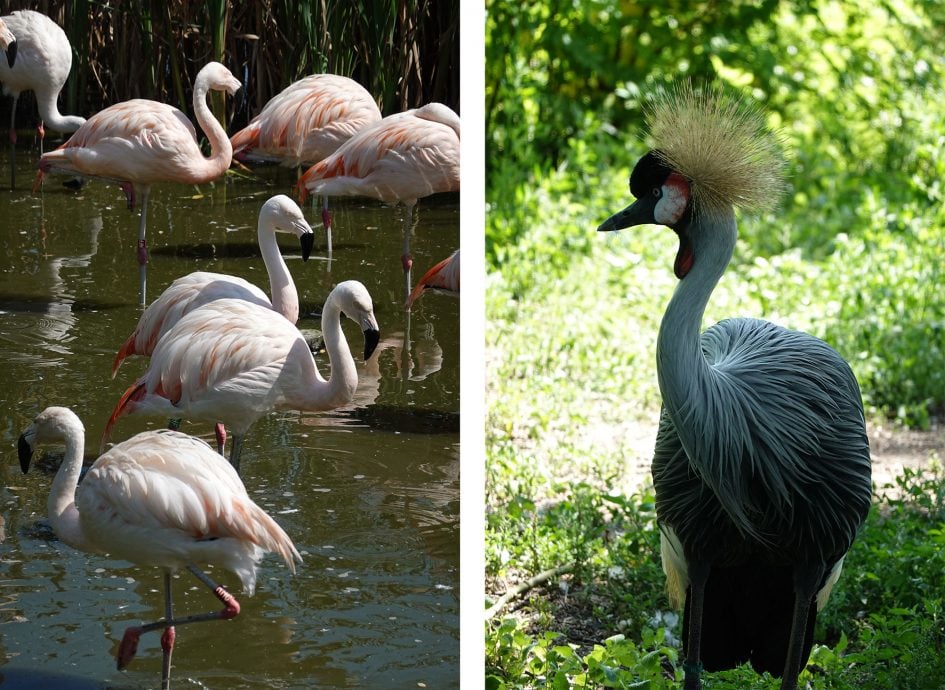
Above: two uncropped shots of birds at Poznan Zoo where the 200mm reach allowed me to get much closer than the 70mm of earlier models. In this example, as well as those above and below, you’re looking at the lens aperture wide-open so each gives an idea of the depth-of-field you can achieve. Like most compacts, there’s not a great deal of blurring in the background unless you get very close to your subject, but it’s par for the course.
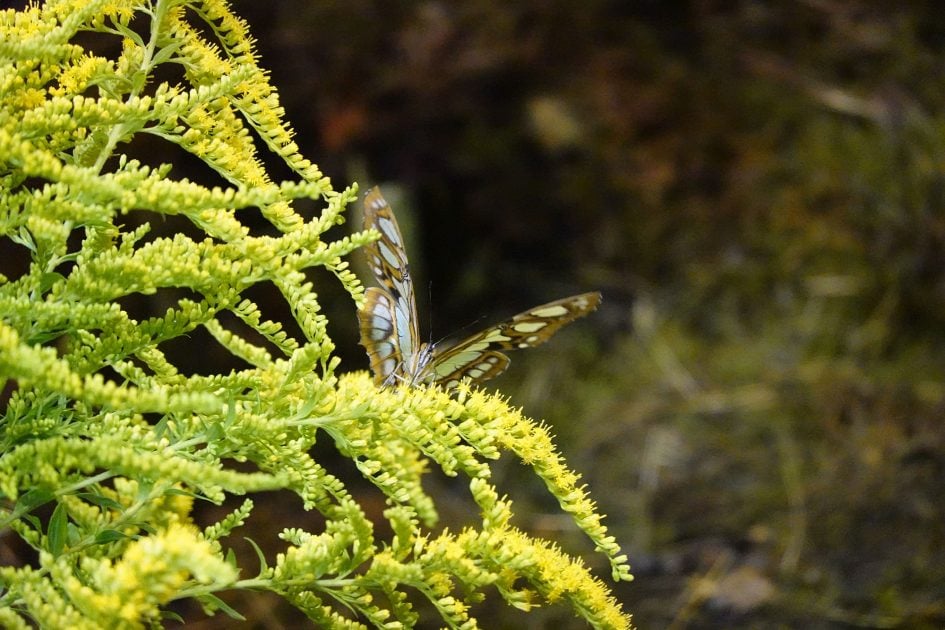
Above: the closest focusing distance of 8cm at wide or 1m at telephoto isn’t as close as rivals with shorter ranges, but 1m at 200mm equivalent can still make decent-sized reproductions of small subjects. I photographed this butterfly from 1m at the longest zoom and flipped the screen up to more easily compose at a low height. The closer focusing distance also allowed for greater blurring in the background.
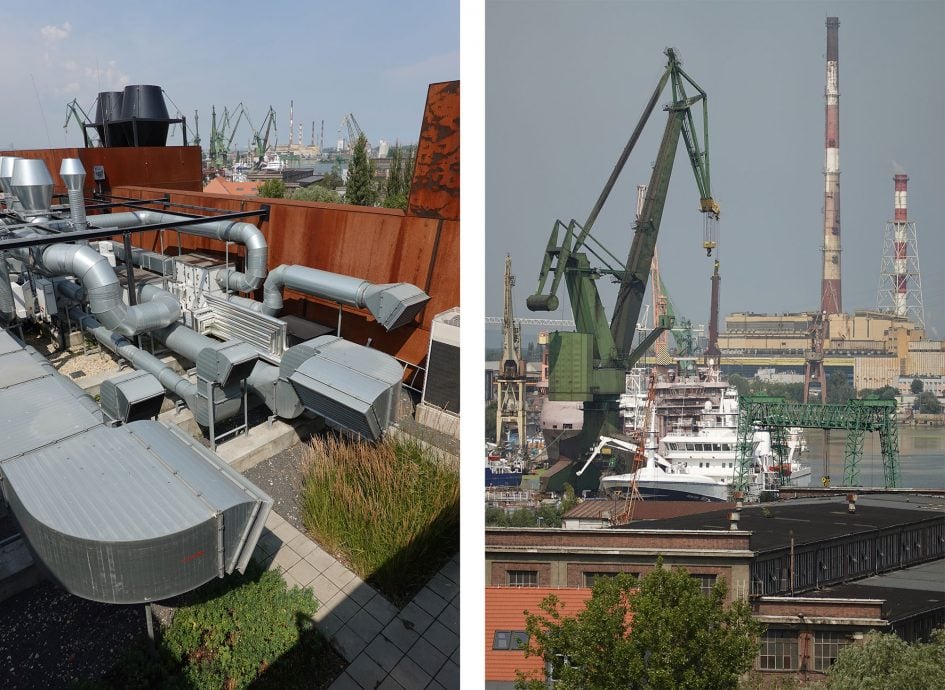
Above: Gdansk port photographed from atop the excellent museum of Solidarity. Both shots are from the same position, left at 24mm and right at 200mm, illustrating the range at your disposal. Again there are models which zoom further still, but I found 200mm sufficient for grabbing distant details without compromising the quality. Indeed I was very impressed by the sharpness and contrast of the lens throughout its range.
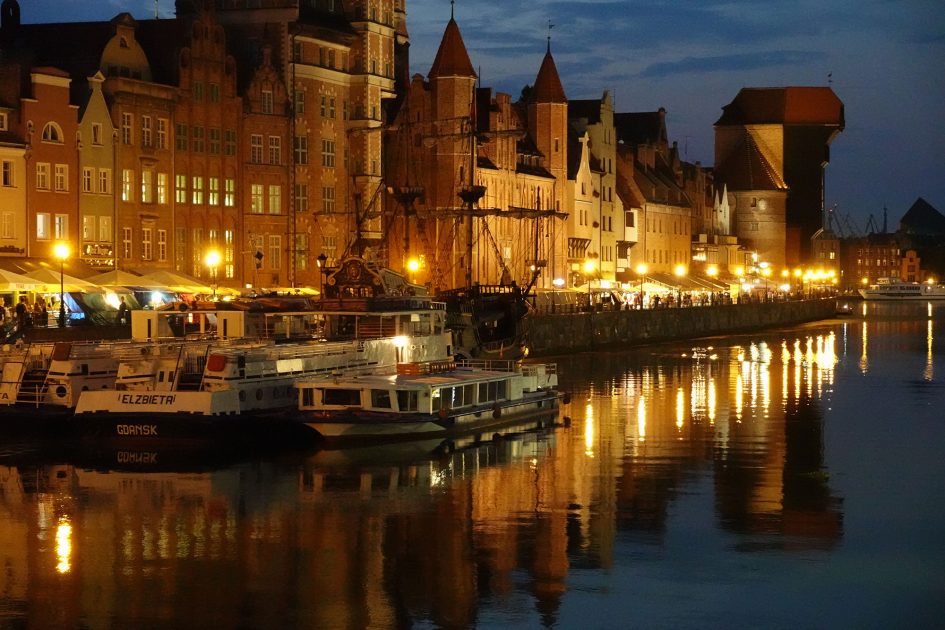
Above: Looking down the Tramwaj Wodny from the Zielony Most, or Green Bridge in Gdansk’s old town. This was a handheld shot in full Auto with the RX100 VI selecting a sensitivity of 6400 ISO. Inevitably there’s some softness at high sensitivities, but I was still impressed by the amount of detail present in the image and the fact you could so easily snap this handheld in Auto.
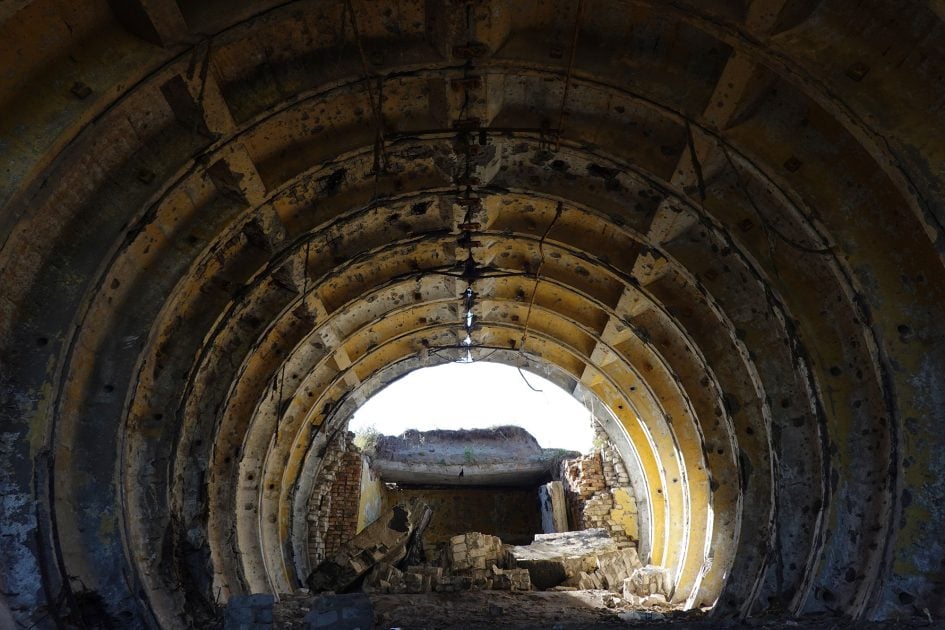
Above: Onto the Lithuanian coast to visit old Russian forts which have tumbled onto the beach and into the Sea. This whole stretch of coast is a great place for Urban Exploration. I took this tunnel photo from a low angle with the screen flipped out for easier composition. The high contrast between light and dark here is a struggle for the 1in sensor in all cameras of this class, and there’s no way I’m retrieving any detail in that white sky portion. But to be fair, there’s still way more tonal detail than the smaller sensor in a phone could capture and you’d need a much larger camera with a bigger sensor to do any better.

Above: Latvia’s capital, Riga, is famous for its Art Nouveau architecture and here’s another example of the RX100 VI’s full optical zoom range taken from the same position. I loved being able to zoom-into smaller details which are simply out of reach to cameras with shorter zooms.
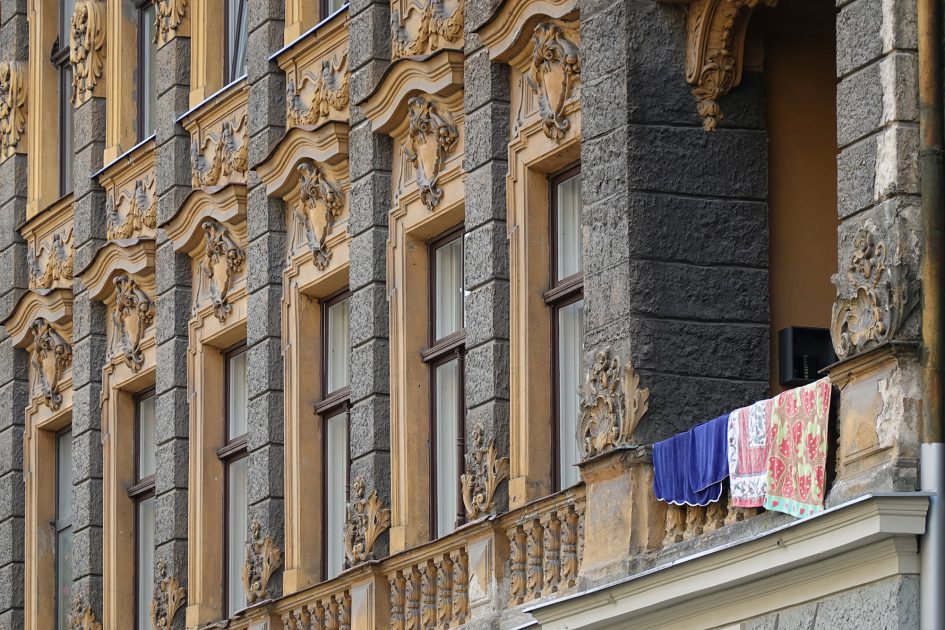
Above: Another detail in Riga, again at 200mm. As I mentioned before, many lenses become softer at their longest telephoto, but the RX100 VI impressively manages to stay crisp and contrasty throughout its range. This shot is packed with detail right into the corners.
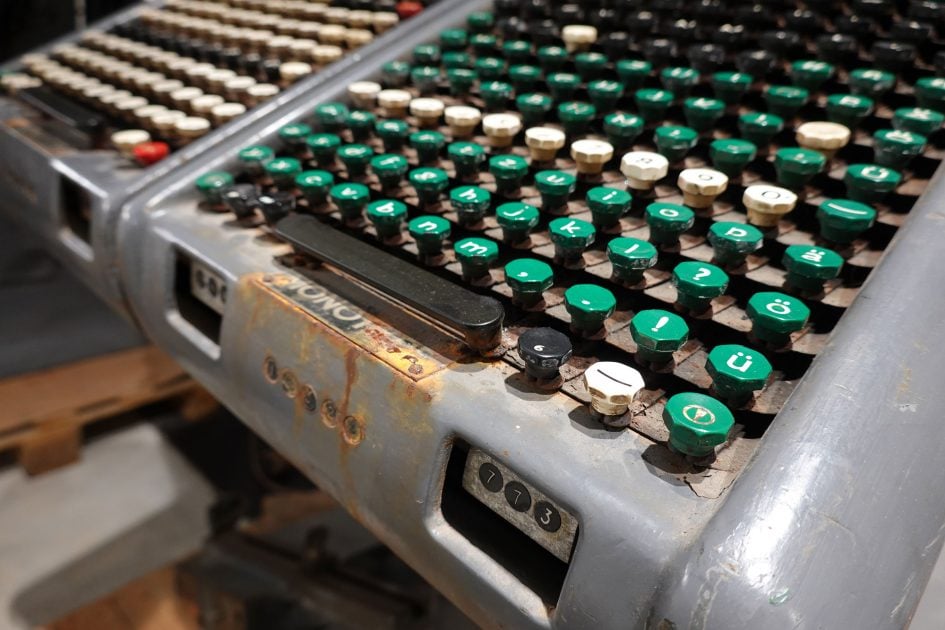
Above: The keyboard on an old Monotype printing machine at the fascinating Printing and Paper Museum in Tartu, Estonia. Here I focused close with the RX100 VI with its aperture open to f2.8 to try and blur the keys a little in the distance. As mentioned earlier, you’re never going to achieve a great deal of blurring with this type of lens and camera, even at the closest focusing distances,, but the fall-off is still effective here.
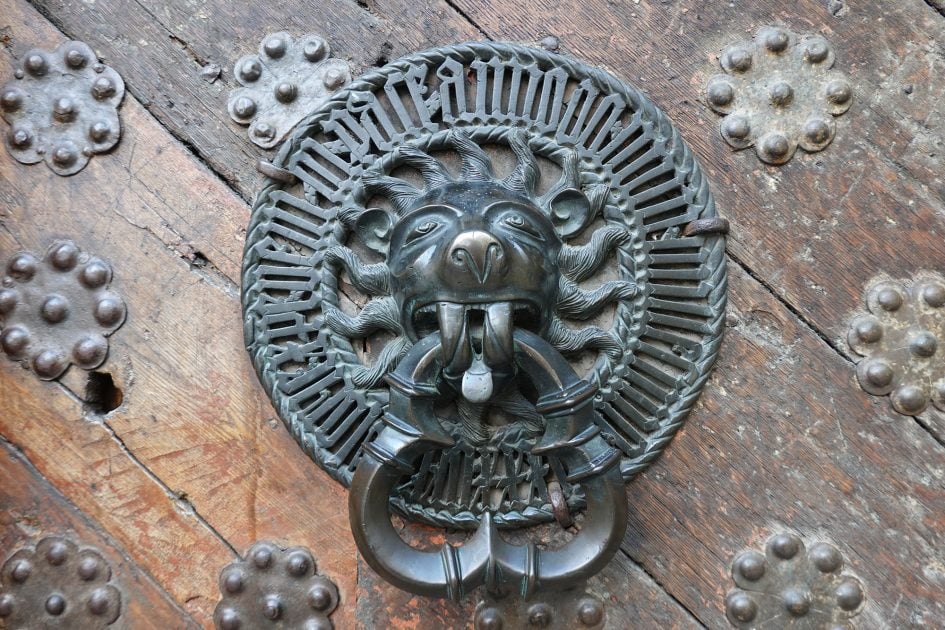
Above: Door knocker in Tallinn, Estonia. Strolling around the old town of Tallinn, I loved the flexibility of switching between wide shots, distant zooms and close-ups to capture the feel of the city.
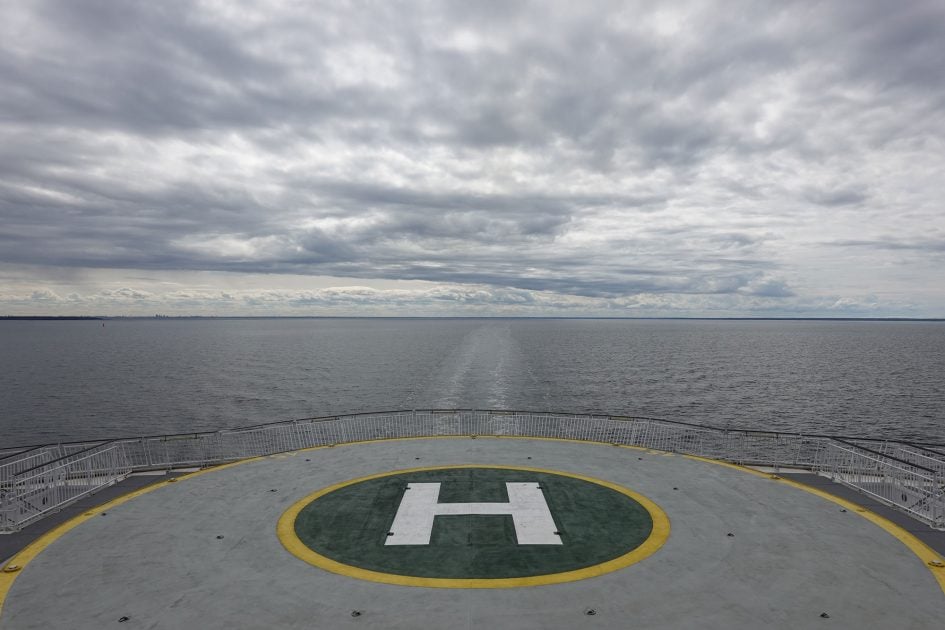
Above: With my car parked in Tallinn for a few days, I set off by ferry to Helsinki, Finland, only 2.5 to 4 hours away. I mentioned previously the dynamic range of the 1in sensor won’t match that of a larger sensor, but the RX100 VI does a good job with what it has, recording nice sky details here.
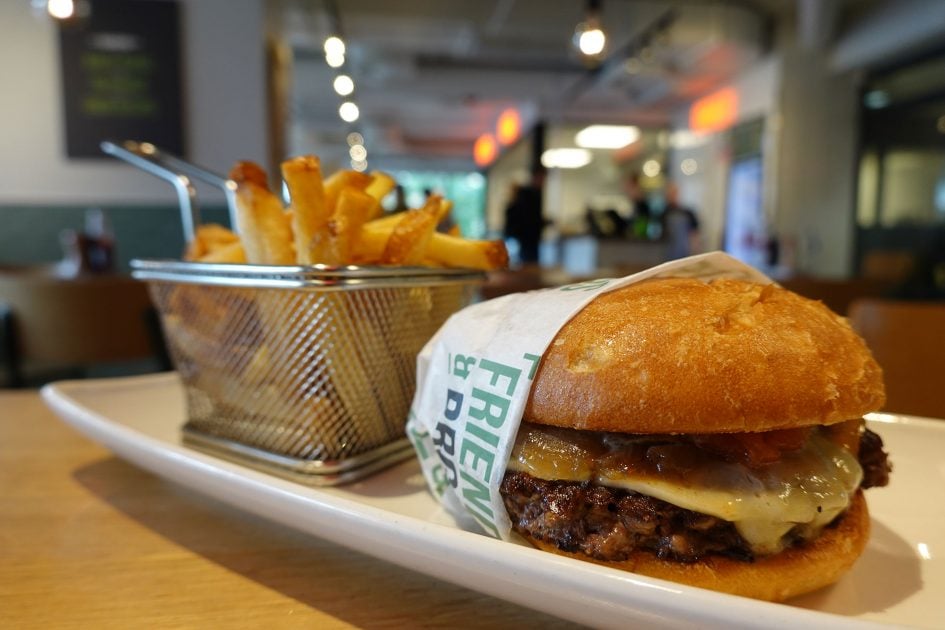
Above: Dinner at Friends & Brgrs in Helsinki, a small chain that serves a pretty respectable burger. Here I zoomed wide, opened the aperture to f2.8 and focused as close as possible to the sandwich. This represents close to the maximum potential for a shallow depth-of-field on the RX100 VI, and you can there’s some blurring in the background with the lights turned into small bokeh blobs. The effect isn’t as great as 1in rivals with f1.8 lenses and closer focusing distances – like Sony’s own RX100 V – but it may be sufficient for your needs.
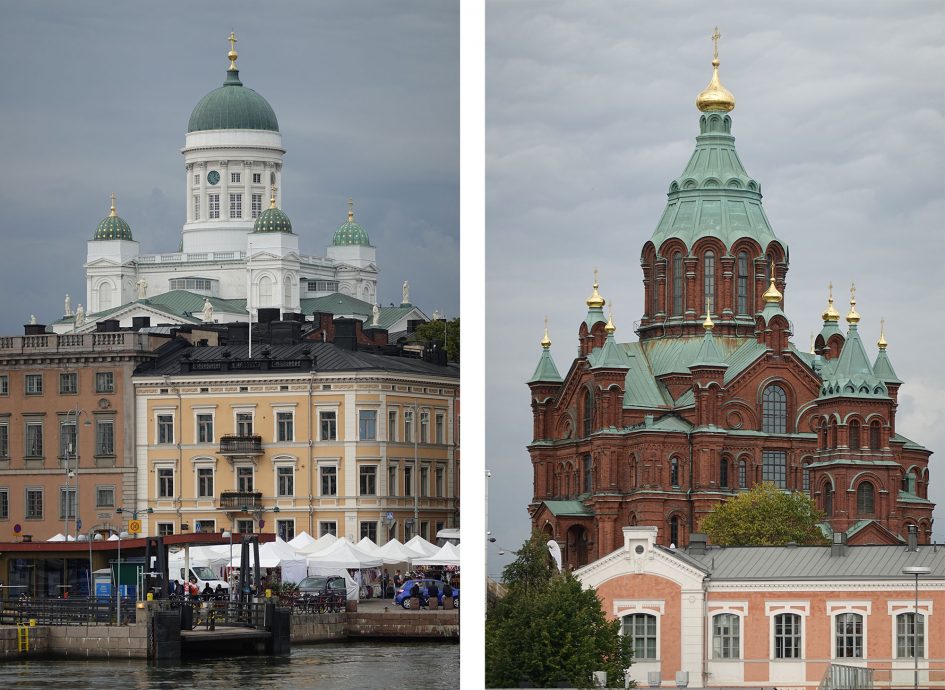
Above: Two of Helsinki’s best-known buildings, both photographed from a ferry with the RX100 VI at its longest 200mm focal length; I used the viewfinder to compose these more easily. Shooting these from a distance with a long lens avoids any distortion and lets you appreciate the true side-on shape of the buildings, whereas with shorter lenses, you’d need to get closer and inevitably begin to point the camera upwards. I enjoyed being able to capture these views.
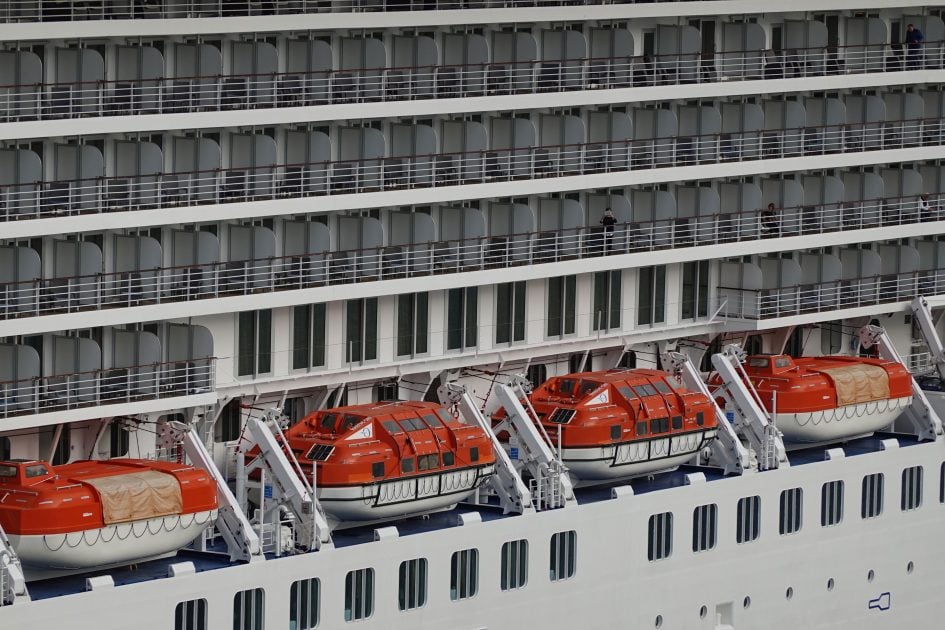
Above: Departing for St Petersburg from Helsinki. Sadly this isn’t my boat, mine was much older and more basic! But I’ve included this here again for the detail you can record at 200mm. There’s a fellow on his balcony here taking a photo with his iPad in my direction, but he won’t be getting the same detail!
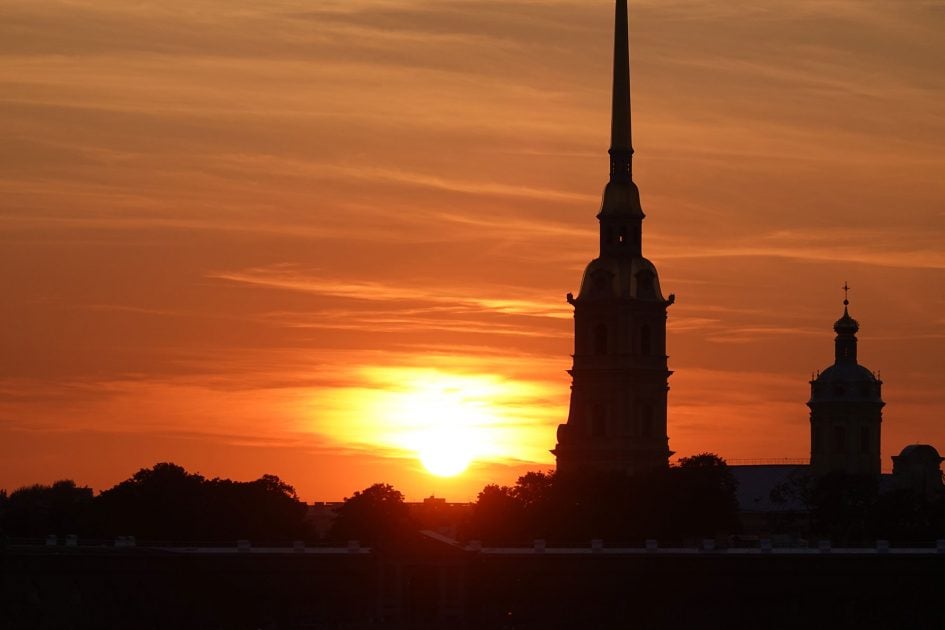
Above: On our first night in St Petersburg, Russia, we were treated to a lovely sunset behind the Peter and Paul Fortress. Like all my photos here, it’s an uncropped JPEG out of camera in semi-auto or full auto. Again this was at 200mm.

Above: Here’s another illustration of the zoom range at your disposal and how it doesn’t always have to be used outdoors. Both shots above were taken from the same position in the Church of the Saviour of Spilled Blood, where virtually every inch of wall, column and ceiling is decorated by beautiful mosaic illustrations. At 24mm on the left you see the grandeur of the building, and at 200mm on the right, you see the detail in the mosaics.
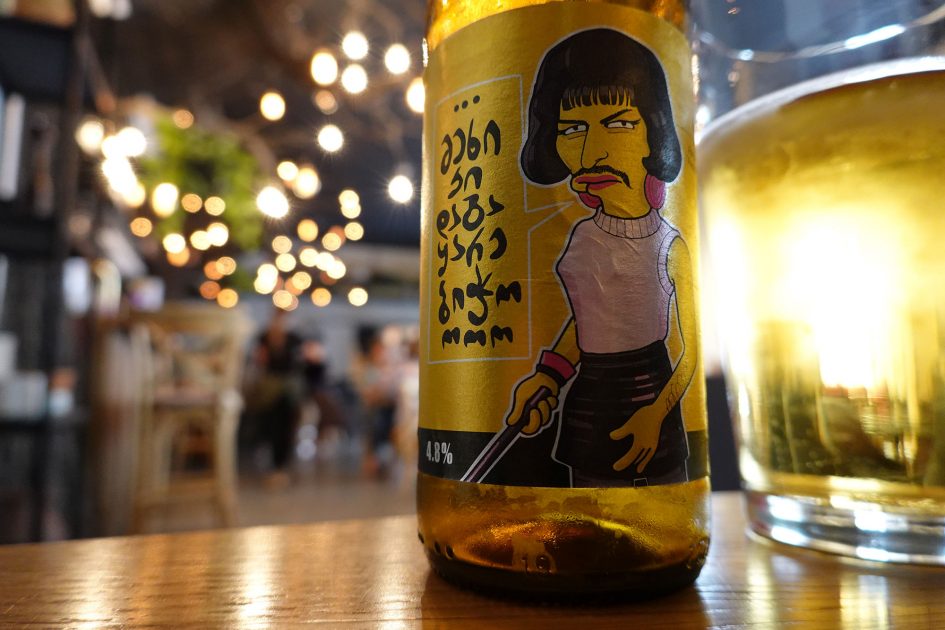
Above: St Petersburg and my route through the Baltic countries leading up to it seemed bereft of any rainbow flags – in some contrast to stumbling across Berlin Pride only a couple of weeks earlier. So this beer label felt pleasingly subversive, served in Khachapuri I Vino, a rather good Georgian restaurant in St Petersburg’s centre. This was one of a selection of excellent beers from Georgian craft brewer Argo Beer, and for any Queen fans out there who recognise the song pictured here, it has additional poignancy. Or maybe I’m reading too much into it. This was with the RX100 VI at its closest focusing distance at 24mm f2.8, again illustrating the potential for blurring in the background.
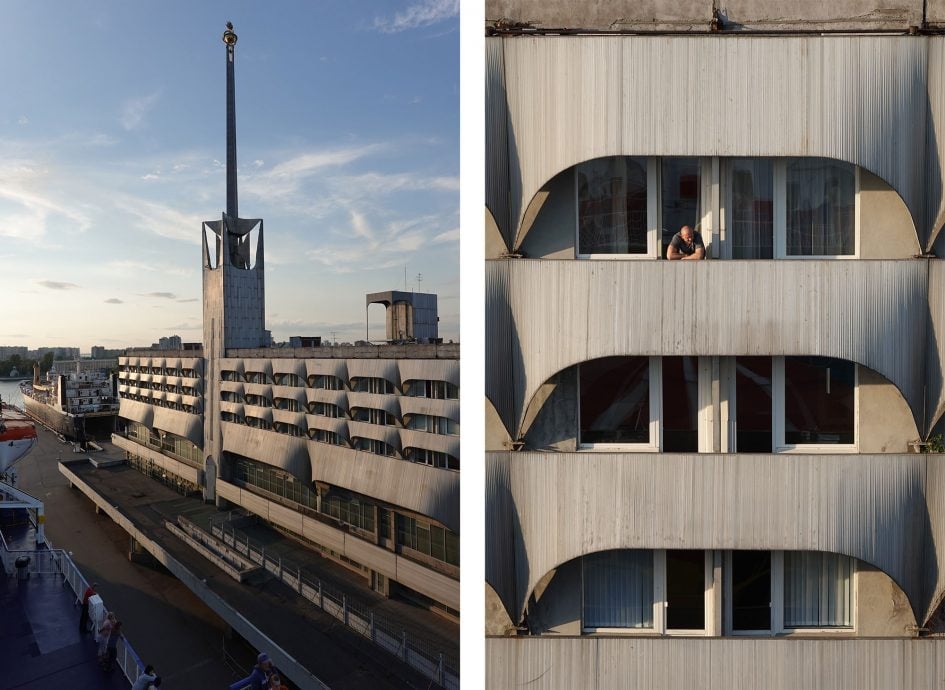
Above: My first and last view of St Petersburg was the stark design of the Marine Building, seen here again at 24mm on the left and 200mm on the right, the latter allowing me to grab a nice detail of the balconies with this fellow enjoying a smoke.
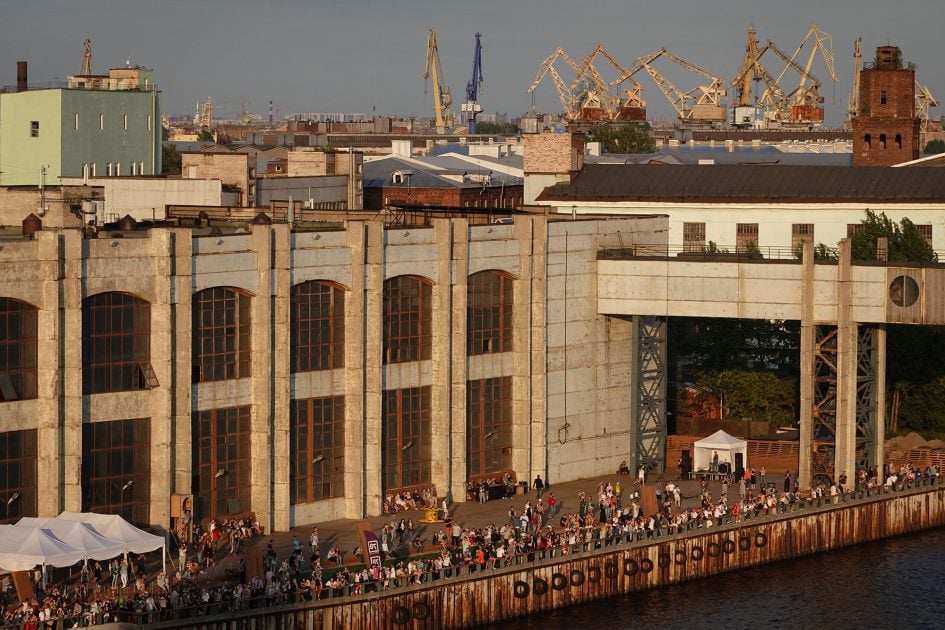
Above: I’d like to think the crowds were there waving us off, but I think it’s more likely a rave in the port. Still, lovely detail at 200mm and with the low orange sunlight.
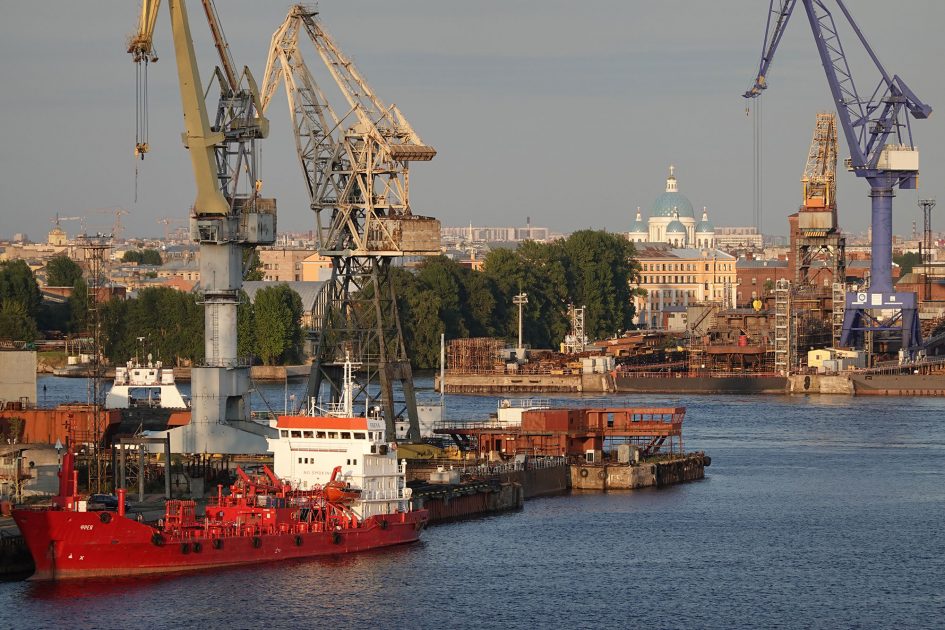
Above: St Petersburg Port is huge and I loved grabbing these views of the industry in the foreground and the grand buildings peeking through in the distance. As our ferry left the port on its return to Helsinki, I constantly exploited the full zoom range, snapping wide views at 24mm and details at 200mm. It’s very flexible and I rarely wished for anything longer.


Above: Most compact cameras aren’t known for their autofocus and burst speed, but Sony equipped the RX100 V and VI with an embedded phase detect autofocus system and burst shooting at up to 24fps. In short, you can easily shoot action, sports and wildlife with these cameras. As we approached Tallinn on the ferry from Helsinki, seagulls flew alongside and many of the passengers tried to photograph them. Most muttered disappointedly at their results and turned away, but with the RX100 Vi set to Wide area AF and zoomed to 200mm, I was able to grab a number of focused images even with the birds swooping around the frame. Admittedly I rarely used this capability on my trip, but it’s another string to its bow and means you should more easily grab shots of active kids, pets or other moving subjects than with most rival cameras.
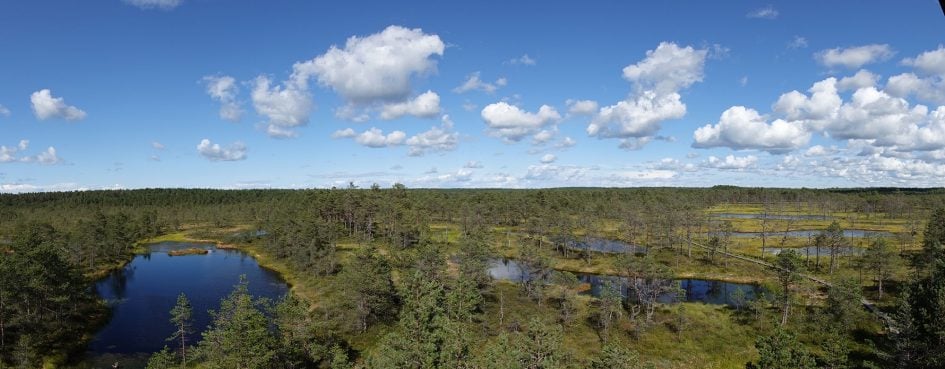
Above: I used the RX100 VI’s panorama mode to capture the boardwalk in Estonia’s Lahemaa National Park.
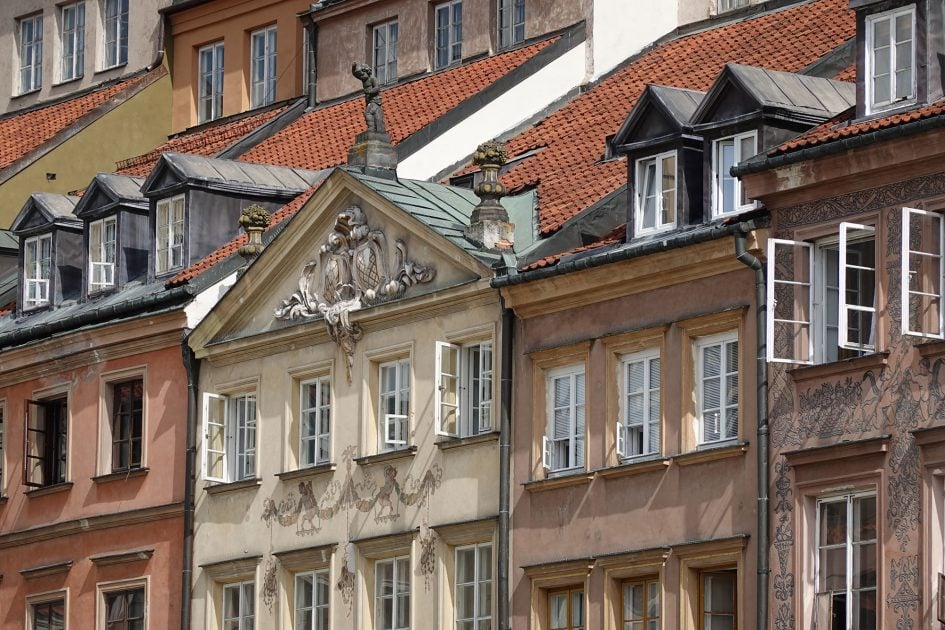
Above: As we travelled back through Poland, we visited Warsaw, where again the long reach of the lens allowed me to crop-into details of buildings in the old town square.
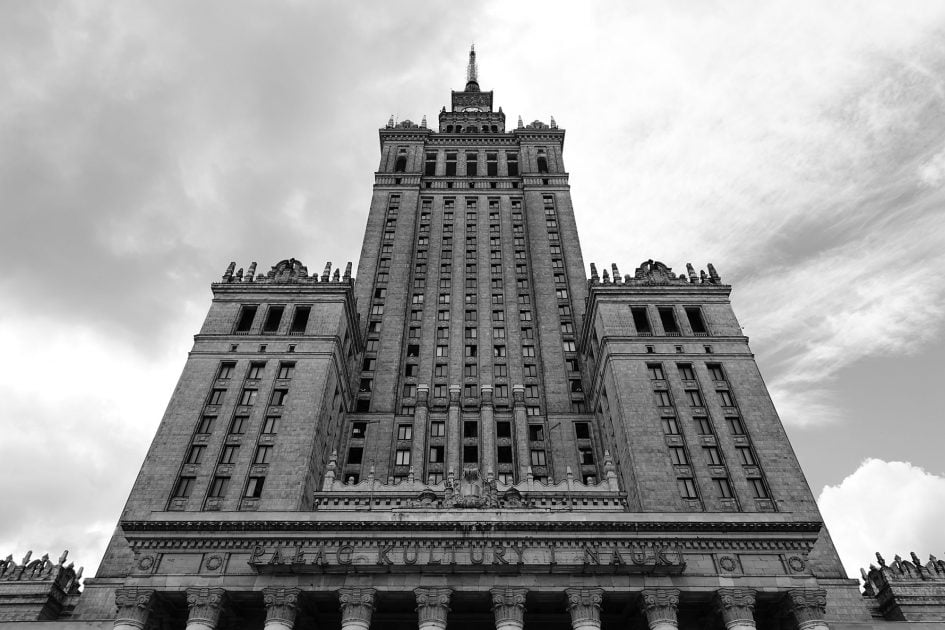
Above: And finally, the Cultural Centre in Warsaw, looking like an extra from Ghostbusters with the dramatic sky behind it. I set the RX100 VI to its monochrome picture style for this image and boosted the contrast by a notch.
Sony RX100 VI travel camera verdict
The Sony RX100 VI proved to be a very effective travel companion, allowing me to capture pretty much everything I wanted from wide views to distant details and everything in-between. The ability to zoom to an equivalent of 200mm was invaluable not just for grabbing interesting details around town, but also for decent views of wildlife from swooping seagulls to zoo inhabitants, and in the case of subjects in motion, the autofocus and burst capabilities gave it a comfortable edge over rivals. The lens may not zoom as far as some rival models, but crucially it’s brighter and also delivers great quality across the frame and throughout the range – put it this way, I rarely wanted anything longer, and I was always very satisfied with the results.
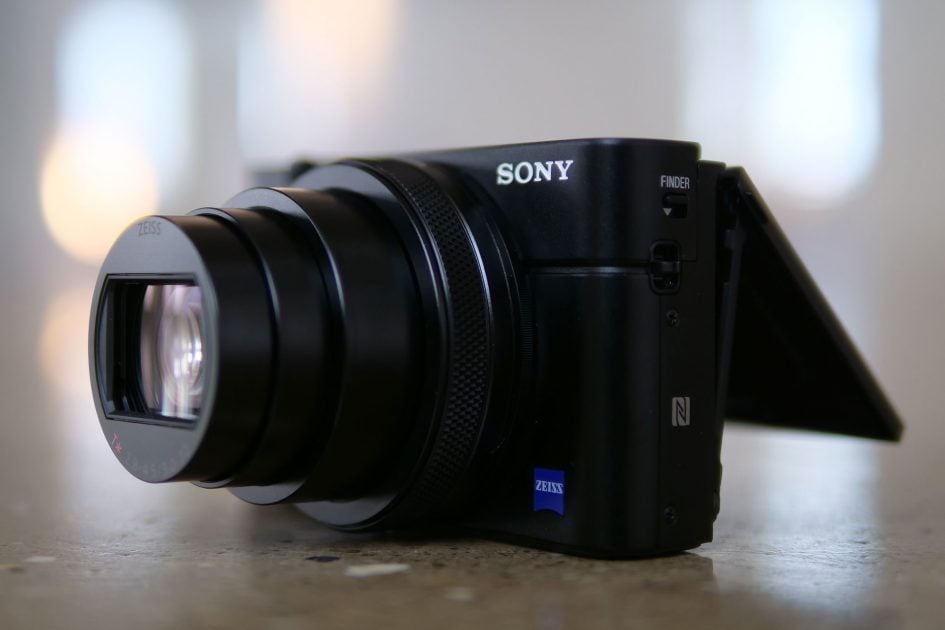
Video quality was also very good, especially filming in 4k (albeit limited to five minute clips in this mode) and exploiting the zoom range to establish a location. The updated viewfinder mechanism, which allows you to popup the viewfinder or push it down again in one motion, allows you to very quickly power-up and shut-down the camera making it feel much more responsive than its predecessors. Sony also uses Bluetooth effectively on its latest cameras to automatically grab locations from your phone and embed them in images without any effort, a great feature when travelling to remember exactly where a photo was taken.
It’s not perfect of course: the longer zoom range means the lens is dimmer than rivals with shorter zooms, which in turn means a greater reliance on higher ISOs and less chance for blurring backgrounds. Indeed if you think you’ll mostly use the 24-70mm range and don’t really need 200mm, then I’d recommend going for the Sony RX100 V or the Panasonic Lumix LX10 / LX15 instead. The battery, like its predecessors, is pretty modest so you’ll ideally need to recharge after every busy day, but at least you can top-up over USB. There’s also no denying that the RX100 VI has become quite an expensive camera, rivalling a mid-range mirrorless or DSLR system camera in price. But you won’t be squeezing a mirrorless or DSLR into your pocket as you can with the RX100 VI, even less so if it has an 8x optical zoom fitted.
That’s the unique selling point of the Sony RX100 VI: packing a long and surprisingly good quality zoom into a genuinely pocketable body that you’ll take everywhere while enjoying decent stills and video quality, very good autofocus and burst shooting, a decent popup viewfinder, tilting touchscreen and powerful wireless. During my trip, there were times when i’d leave – or want to leave – my larger camera system in the hotel due to size and weight, but the RX100 VI literally never left my person. This one camera really can cover most situations and is a perfect companion for almost any trip. I can highly recommend it.
Check prices on the Sony RX100 VI at Amazon, B&H, Adorama, or Wex. Alternatively get yourself a copy of my In Camera book or treat me to a coffee! Thanks!